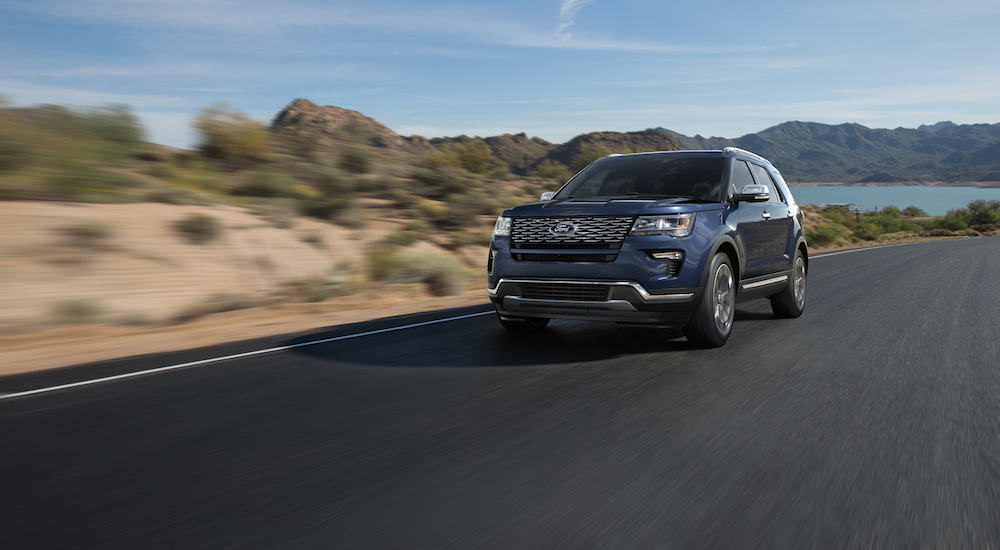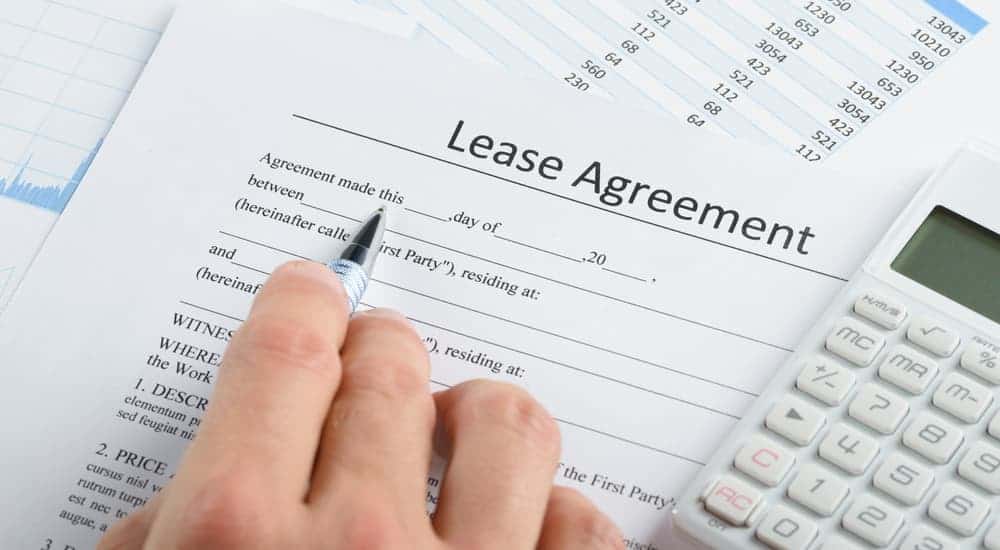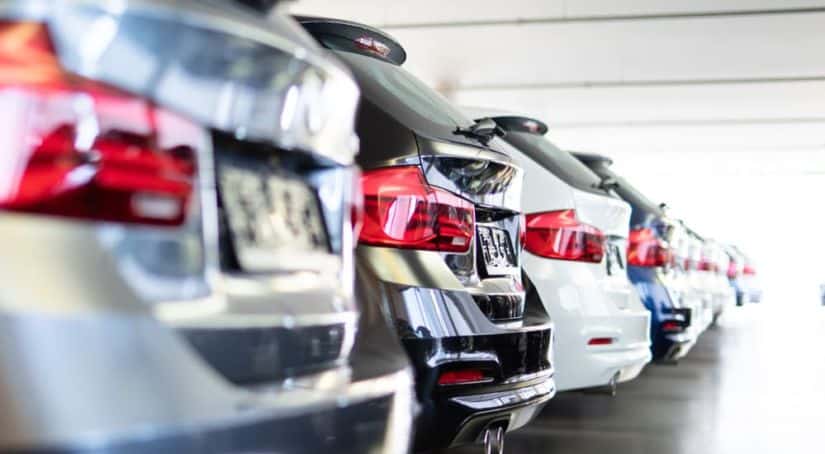If you’re new to the car buying game, it can be quite easy to find yourself overwhelmed right off the bat. Visit a dealership that offers new and used cars for sale near you, and right away you’ll be greeted by two major things, a wide selection of vehicles and a team of dealers eager to have you sign the dotted line. Okay, to be fair, each dealership offers its own unique experience, that said, it is incredibly important to know what your car buying options are before you race to the nearest dealership with a down payment, a pen, and enthusiasm to purchase the first thing that grabs your attention. Any large dealership near you is bound to offer you one of three or four car buying options. While each method is very different, they each offer a unique value that may or may not be a good fit for your automotive and budgetary needs.
First Things First, What Do You Need?
Far too many car buyers make the mistake of just buying new because it’s the latest and greatest thing on the road. Sure, there is some value in buying a car brand new, but it is far from your only option. It is particularly wise to survey all of your potential paths to car ownership if you’re on a tight budget, or would rather not make such a huge commitment.
Yes, buying a car is a huge commitment, and making the right pick can make a huge difference in your overall satisfaction and driving experience. Buying a brand-new car at the get-go can also be pretty hard on your wallet if you’re not financially prepared for it. So, before you meet with a dealer and sign the dotted line, you should ask yourself, ‘what am I looking for?’
There are many options out there, and any big dealership is going to offer all of the big four. Those four options include buying new, buying certified pre-owned, buying used, and leasing. While there are other newer pathways out there, like Volvo’s subscription-based leasing program, otherwise known as Care By Volvo, these are still emerging and have yet to make big waves in the auto industry. Knowing the pros and cons of each of these existing car buying options can make a huge difference in your car buying experience. In that same vein, knowing what you’re looking for and expecting out of a vehicle can help point you in the direction of the path that best fits your needs.
Pros and Cons of Brand New Vehicles
Rolling fresh off of the factory floor, overflowing with that new car smell, and equipped with the most cutting edge features, buying a car brand new certainly has a worthwhile appeal. While guaranteed to be the most expensive option of the four, buying a car brand new comes with some perks that are just impossible to ignore. For at least a year or two, you’ll get to enjoy the most modern vehicle on the road, and in the same instance, you’ll get the pride of being the one and only driver to sit behind the wheel of your vehicle. There is also the reliability factor. Considering the car is brand new, you likely won’t have to worry about any serious maintenance for some time, besides the occasional oil change or tire rotation.

That said, al of these bonuses come at a cost, and that cost directly translates to the price tag. While you may be able to curb expenses by purchasing a lower-trim option, you’ll still likely end up paying more than you would for a used or certified pre-owned vehicle. There is also the fact that, more often than not, when downgrading to a lower-trim option, you’ll have to settle with lesser-than features. Buying new is a huge investment too. While you can trade-in your vehicle once it becomes outdated, you’ll likely be taking a huge financial hit in doing so. Throughout the course of owning the car, you’ll also be responsible for all repairs and maintenance, which can seem modest at first, but as the miles pile up can be quite costly depending on how you care for your vehicle.
Although, with all that on the table, buying a new car still comes with plenty of perks, and serves to be a great option for any driver who doesn’t shrink in the face of commitment. Buying brand new is for the driver who is willing to pay the price, and wants to drive the same vehicle for many years and miles to come.
Pay Less and Get More with a pre-owned Vehicle
The third and fourth option available to you is buying either certified pre-owned or pre-owned. Both of these options are far cheaper than buying new, and while they don’t allow you to drive something brand spanking new, this can be less of an issue when you see how much you’re spending on a monthly basis. That said, there are huge differences between buying certified pre-owned and pre-owned, and like leasing and buying new, each come with their drawbacks.
When you purchase a certified pre-owned vehicle, you’re purchasing a used car that is relatively still new and has been refurbished by the manufacturer and inspected to ensure it is functioning at its best. While these vehicles have certainly had previous owners, they tend to have a lower mileage count than their strictly pre-owned counterparts. At the same time, when you purchase a certified pre-owned vehicle you’ll likely have the option of adding a warranty to your purchase. As a result, you can have coverage against mechanical issues and the occasional fender bender.
Pre-owned vehicles, on the other hand, are much cheaper than the certified option. While they haven’t been inspected by a manufacturer, when you purchase a used car for sale from a reputable dealership, you’re likely to get a fairly reliable ride. Sure, pre-owned vehicles tend to be a bit older, but they get the job done and are the smartest choice you can make for your wallet if you’re on a budget.
Certified pre-owned vehicles have drawbacks similar to that of pre-owned vehicles in that they’ve been used, and sometimes extensively. There is no guarantee that these vehicles will stand the test of time, and in some cases, you’re making a bit of a gamble in investing in them. While the odds may be more in your favor with a certified pre-owned vehicle, the outcome can still end up being the same.
Leasing, The Best Way to Always Drive Something New

If you’re a huge fan of groundbreaking new automotive technology and always want to be seen driving the best thing to hit the road that year, you should steer clear from buying a car and instead opt for signing a lease. A lease gives you the option to drive a car for about two years, and then swap it out for another brand new vehicle. On top of that, leasing is far more cost-effective on a month-to-month basis than buying new. Although, at first glance, leasing can seem too good to be true.
When you agree to a lease, you’ll likely be constrained to certain mileage limits, meaning you’ll only be able to put a certain amount of miles on the odometer throughout the duration of your lease. So yes, that means road tripping is strictly off-limits. You also won’t have money from sale or trade-in when you want to purchase a vehicle, which can be a headache if costs are your main concern. Fortunately, leasing and buying brand new aren’t your only two options.
Finding the Option That’s Right For You
Buying a car is no small undertaking. Whether you buy used, new, or decide on signing a lease, you should take on this milestone with an even head, and a clear understanding of what you’re looking for. While no single option is universally better than any other, finding the best choice for you can make all the difference. So, before you race to the nearest dealership near you, we suggest you take a step back and ask yourself, ‘what am I looking for, and what can I afford?’



